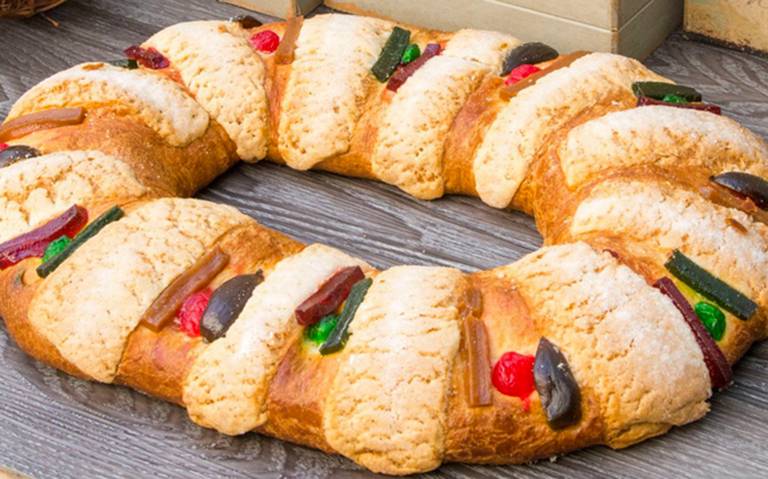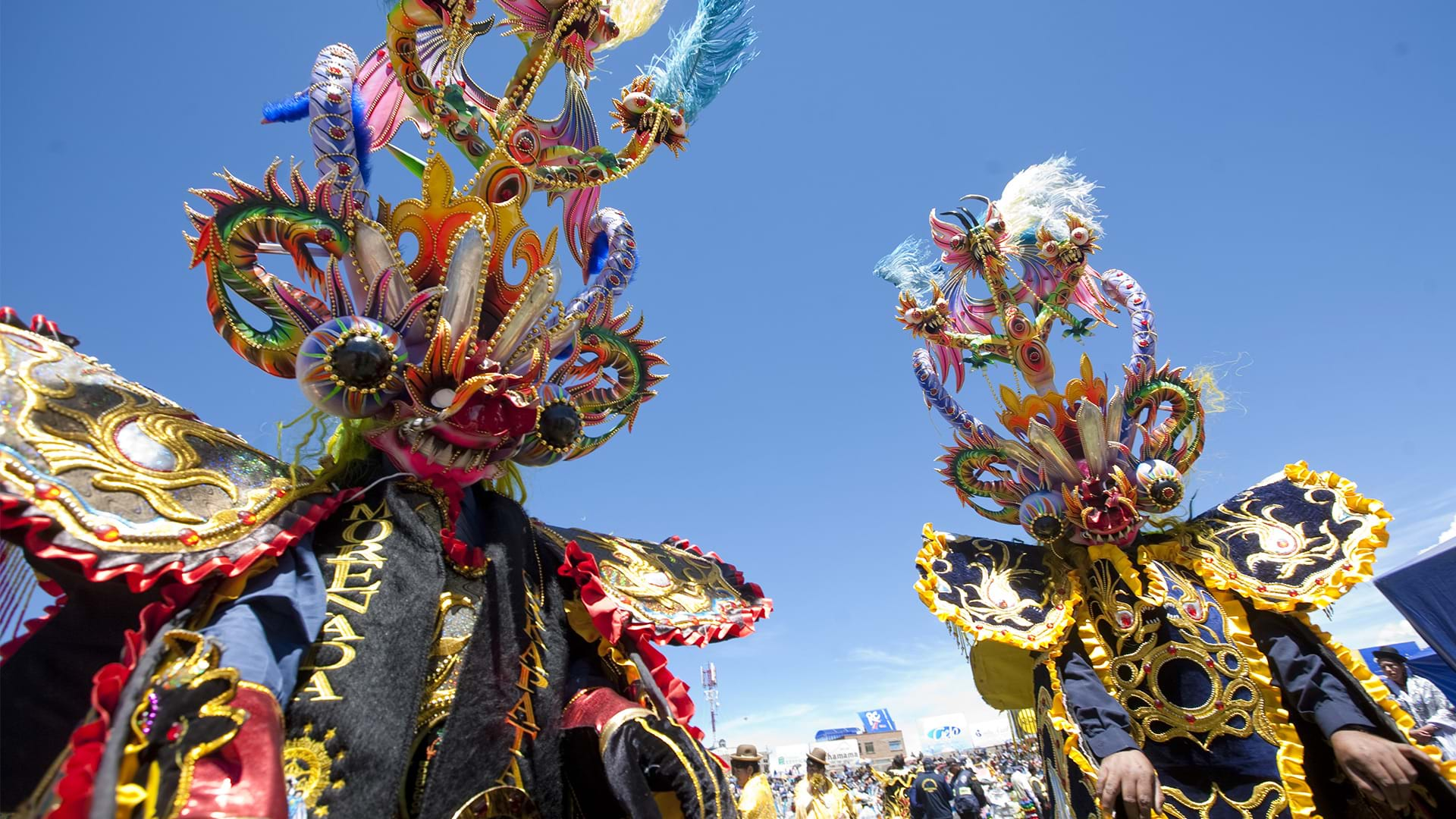Remember that January 6th Rosca de Reyes where you bit into destiny and found the baby Jesus figurine? Compa…. guess what? You just scored yourself the honor and the guilt of hosting the Dia de la Candelaria feast on February 2nd. Tamales better be on the menu, porque ya se armó la pachanga!
But this celebration ain’t just about stuffing your face with tamales and tequila. The Candelaria celebration has its history and traditions… just like abuela’s tamales. Dia de La Candelaria is about family, faith, and a whole lotta history that stretches back further than your abuelita’s chanclas.
Let’s get into it…
La Candelaria: A Light That Guides the Way
Derived from ‘candela,’ meaning ‘the light that guides the path,’ La Candelaria coincides with the day of Mary’s purification and the presentation of Jesus. In Mexico, La Candelaria is a deeply rooted tradition within the Catholic faith, celebrated on February 2nd, following the excitement of Día de Reyes on January 6th.
The Celebration Begins with Rosca de Reyes
The festivities kick off with the slicing of the Rosca de Reyes, a wreath-shaped pastry symbolizing a crown, adorned with candied fruits representing the jewels of the magi. Hidden within its sweet dough is a figurine of baby Jesus. Those who find this tiny treasure in their slice are tasked with hosting the upcoming feast of La Candelaria, traditionally providing tamales for friends and family.

A Pre-Hispanic Connection
The celebration also pays homage to pre-Hispanic traditions, coinciding with the Atlacahualo, a period in the Aztec calendar marking tributes to the deities Tláloc and Chalchiuhtlicue for prosperous harvests. Spanish conquerors, noting this serendipitous timing, utilized it to evangelize indigenous people, merging customs and shaping what we now recognize as La Candelaria.
Corn: A Pre-Hispanic Staple
Corn, an ancient staple in the Mexican diet and a significant pre-Hispanic symbol, plays a central role in the day’s meals. Farmers and agriculturalists bring their corn to churches for blessings, seeking divine favor for the year’s crops.
In Mexico City, boroughs like Coyoacán burst into color with papel picado, offering a bounty of tamales and Mexican crafts.
La Candelaria Across Latin America
Beyond Mexico, La Candelaria is celebrated throughout Latin America.
In Peru, the day honors the Virgen de la Candelaria in Puno, recognized as both Cultural and Intangible Heritage. The city erupts in a spectacle of dance and music, featuring over 220 traditional and mestizo performances that light up the region.

Chile honors the Virgin with religious dances in Copiapó, drawing an impressive crowd of 150,000 devotees. In the south, Carelmapu’s divers join in a procession, seeking the Virgin’s protection in their daily lives.
In Cuba, the tradition has seen a revival with processions in cities like Morón and Consolación del Sur in Pinar del Río.
El Salvador venerates the Virgen de Candelaria as the patroness of Jucuarán, where locals celebrate with the Fiestas de Romería on February 1st and 2nd.
Embracing Tradition in Southern California
Southern California’s Latinx community celebrates La Candelaria with a unique flair, infusing traditional practices with local tastes. From church services to community events, the essence of La Candelaria thrives, symbolizing the unity and diversity of the Latinx spirit in Southern California. Whether you’re savoring a tamale, attending a mass, or simply enjoying the company of loved ones, La Candelaria offers a moment to reflect on the rich traditions that shape our Latinx identity and culture.




